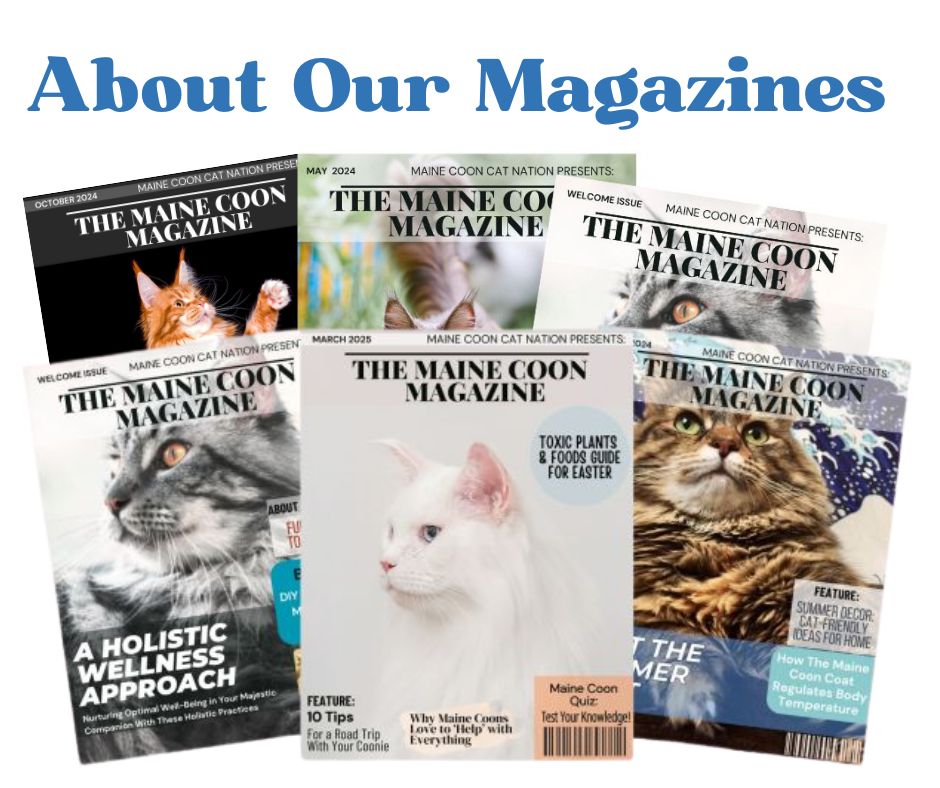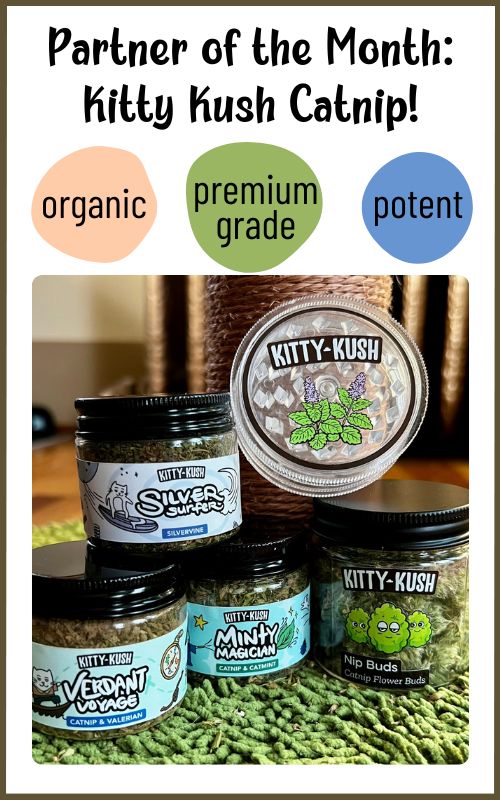- Home
- Maine Coon Cat Breed
- Maine Coon Types
9 Types of Maine Coon Cats: From Sweet-Faced to Wild-Looking
When people say "types of Maine Coon cats," they're usually talking about color. But as Coonie lovers know, there’s a lot more to it than that!
From wild-looking European lines to polydactyl paws and rescue kitties with mysterious roots - here's a breakdown of 9 different Maine Coon types and how to tell them apart.
Contents:
1. Purebred Maine Coon
A purebred Maine Coon is one that traces its lineage directly to registered parents - and those parents must meet the official breed standard.
That means everything from the ear tufts to the tail floof has been passed down with purpose.
Purebreds are typically registered with cat associations like TICA (The International Cat Association), CFA (Cat Fanciers' Association), or another reputable registry.
This registration doesn’t just give them bragging rights - it confirms their heritage, breed traits, and that they come from a responsible breeder following ethical guidelines.
So what should you expect from a purebred Maine Coon?
- The look: That signature rectangular body shape, big paws with toe tufts, a thick ruff around the neck, and a tail like a feather duster. Purebreds are balanced and proportioned, with no exaggerated features.
- The personality: Sweet, sociable, and family-oriented. They'll look you in the eye, chirp a greeting, and follow you from room to room.
- The size: Yes, they're known for being big - but not every purebred is massive. It's more about their sturdy, muscular build and gradual growth over several years.
- That coat: Shaggy, semi-long, water-resistant, and full of dimension. The ruff and tail alone make you stop and stare.
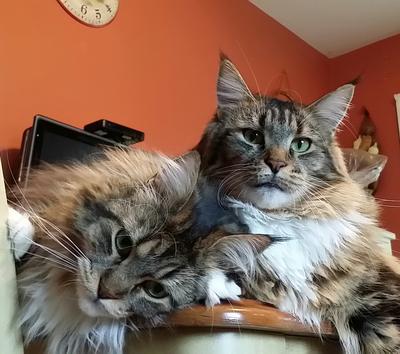
Most purebreds come from experienced breeders who focus on health, temperament, and type - not just size or flash.
If you're meeting a breeder, they'll usually have paperwork, a code of ethics, and lots of knowledge to share. You might even meet the kitten’s parents!
Owning a purebred doesn't just mean you have a beautiful cat - it means you've got a piece of American cat history curled up on your couch!
2. Maine Coon Mix or Cross
If your cat has a fluffy tail, big paws, shaggy coat, and ears with slight tufts - it's no wonder you're wondering!
These are classic signs that make people think "Maine Coon mix."
Unlike pedigreed cats, mixes are often adopted from shelters or found as strays.
Their look and personality can vary widely depending on what other breeds are in the mix. Some seem to fit the mold almost perfectly, while others just have a few "Coonie" quirks.
A mix doesn't have to check every box. Sometimes, it's just a feeling - something about their size, fur, or attitude that reminds you of the breed.
But it’s important to know: cat registries don't recognize mixes. Without a pedigree or a DNA test, there's no way to confirm Coonie heritage. That doesn't make your cat any less special!
Many folks proudly call their kitties "honorary Maine Coons" or "Coonie lookalikes." It's a heartfelt nod to the breed that sparked their curiosity - and often, a lifelong love for these remarkable cats.
(And yes, the "M" on the forehead? That’s a tabby thing, not a Maine Coon thing!)
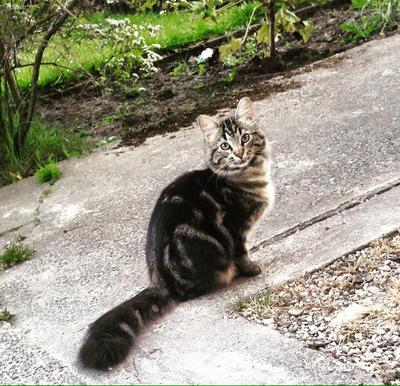
3. The Russian or Modern Style
One of the more striking types of Maine Coon cats is the Russian or modern style.
Despite the breed's American roots, this look has gained major popularity, especially among breeders in Europe.
These kitties often have a more angular face, a very pronounced square muzzle, high cheekbones, tall upright ears with dramatic lynx tips, and a long, lean body.
It’s a bold, stylized appearance that really stands out - especially in photos.
This type developed as certain breeders, particularly in Russia, selectively bred for show-stopping features.
Over time, that intense expression and elegant build became its own unofficial style.
While not officially separated in breed standards, the modern look, or Russian look is now distinct from the more traditional, appearance seen in older American lines.
Some people love the "wild" expression, while others prefer a softer, more classic appearance. There’s no right or wrong - just different interpretations of the same beloved breed.
Whether you're drawn to this look or not, what matters most is a healthy, well-socialized companion who fits right into your family.
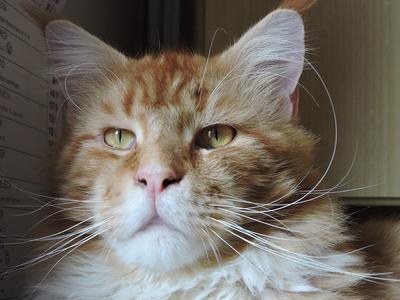
4. American or Traditional (Sweet-Faced) Type
The traditional, sweet-faced style is what many people picture when they think of a classic Coonie.
This look features a rounder face, gentle expression, and softer overall lines. He's still big, fluffy, and impressive - but without the sharp angles or extreme features seen in more modern show lines.
This style is often closer to the original breed appearance from New England farm stock: hearty, friendly, and unpretentious.
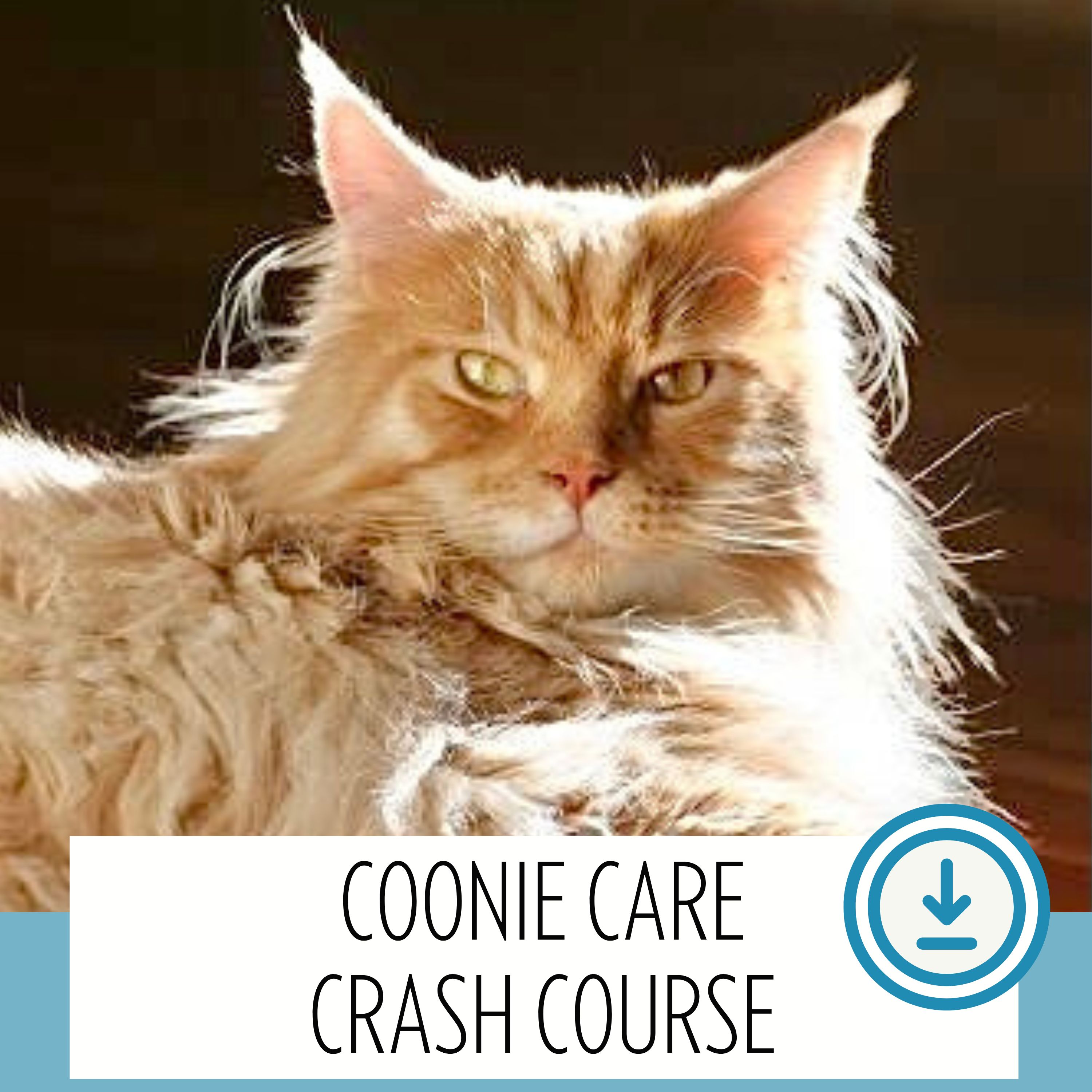
You’ll still see tufted ears, a luxurious ruff, and a full plume of a tail, but the vibe is more "snuggly sidekick" than "wild forest beast."
It's a favorite among those who love that warm, homey look and aren't focused on dramatic traits.
Some breeders in the U.S. have worked hard to preserve this more natural style, staying true to the breed's rustic roots.
When considering the different types of Maine Coon cats, it often comes down to whether you prefer the bold, Russian-inspired look or the softer, American classic.
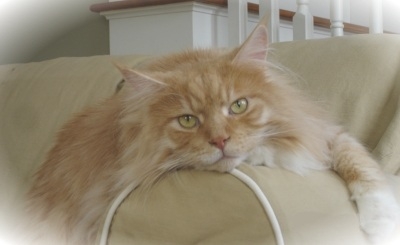
5. Show-Quality Maine Coon
Not every floofy friend is born for the spotlight, but show-quality Coonies are bred with that little something extra.
These kitties are selected to match the breed standard as closely as possible - perfect proportions, strong bone structure, flowing coats, and an overall look that makes people stop and say wow.
They're often confident, well-socialized, and comfortable being handled, which makes them ideal for the show ring (and also a dream to live with).
You’ll find them in champion bloodlines, where generations have been bred with careful attention to things like ear set, eye shape, muzzle, and movement.
But let’s be clear - show kitties are still pets. Whether they're stretched out on the sofa or trotting across a judge's table, they're still cuddly companions with loving personalities.
Some pet owners even get into showing their neutered or spayed Coonies. There are special categories just for that! Kittens have their own divisions, too.
If this sounds like a path you'd love, a breeder can help match you with a promising kitten who meets the standard. It's a fulfilling way to connect more deeply with the breed and community.
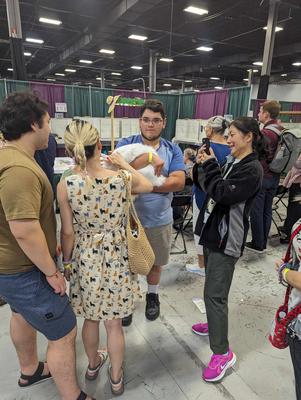
6. Pet-Quality Coonie
Not every purebred kitty is destined for the show ring - and that's perfectly okay.
Pet-quality Coonies may come from the same champion lines as show hopefuls but have small quirks that make them a better fit for not going to cat shows.
Maybe his ruff isn’t as full, or her markings don't align quite right. Maybe he just doesn't like it! These little differences don’t impact what matters most: health, personality, and that signature charm we all love.
Many breeders offer both show- and pet-quality kittens, with the latter often being more budget-friendly.
And while they might not bring home ribbons, these kitties bring just as much joy, affection, and fun to their homes.
In fact, some folks who start with a pet-quality kitty fall in love with the world of cat shows and go on to show in household pet or altered classes.
Whether your floof has show-stopping looks or a one-of-a-kind style, he’s still 100% Coonie - and 100% lovable.
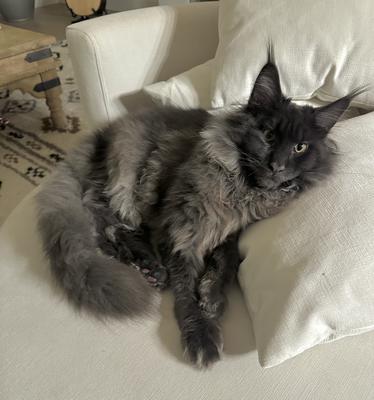
7. Rescue or Unknown-Origin Coonie
Not every feline friend comes with papers. Some of the most striking Coonie traits - big paws, shaggy coats, that wild look - pop up in shelters, rescues, or even in your neighbor’s surprise litter.
These kitties may come from backyard breeders, may have been surrendered to rescue after their owner's death, or may have come from any number of circumstances.
Maybe she’s polydactyl. Maybe he’s the size of a small dog. Maybe they just have that look. One thing’s for sure: they're just as worthy of love and belly rubs as any show-stopper.
When people ask about types of Maine Coon cats, don't forget the mystery ones - their stories often make them even more special.
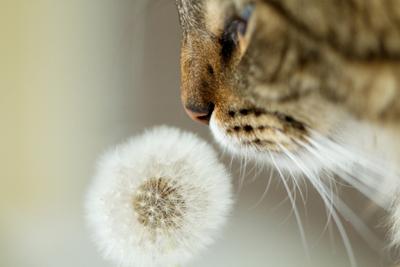
8. Polydactyl Type
Extra toes? Yes, please! The polydactyl trait, common in early New England cats, is part of the breed's history.
While it's less common in show lines today, some breeders preserve this charming characteristic.
These multi-toed kitties aren't defective; in fact, they're often a point of pride! A polydactyl Coonie might have up to seven toes per foot, making them even more unique.
Though rarer now, the trait gives them extra balance and agility - perfect for hunters and sailors of the past.
If you're lucky enough to find a poly, you'll be getting a playful, loving kitty with a personality as big as those paws!
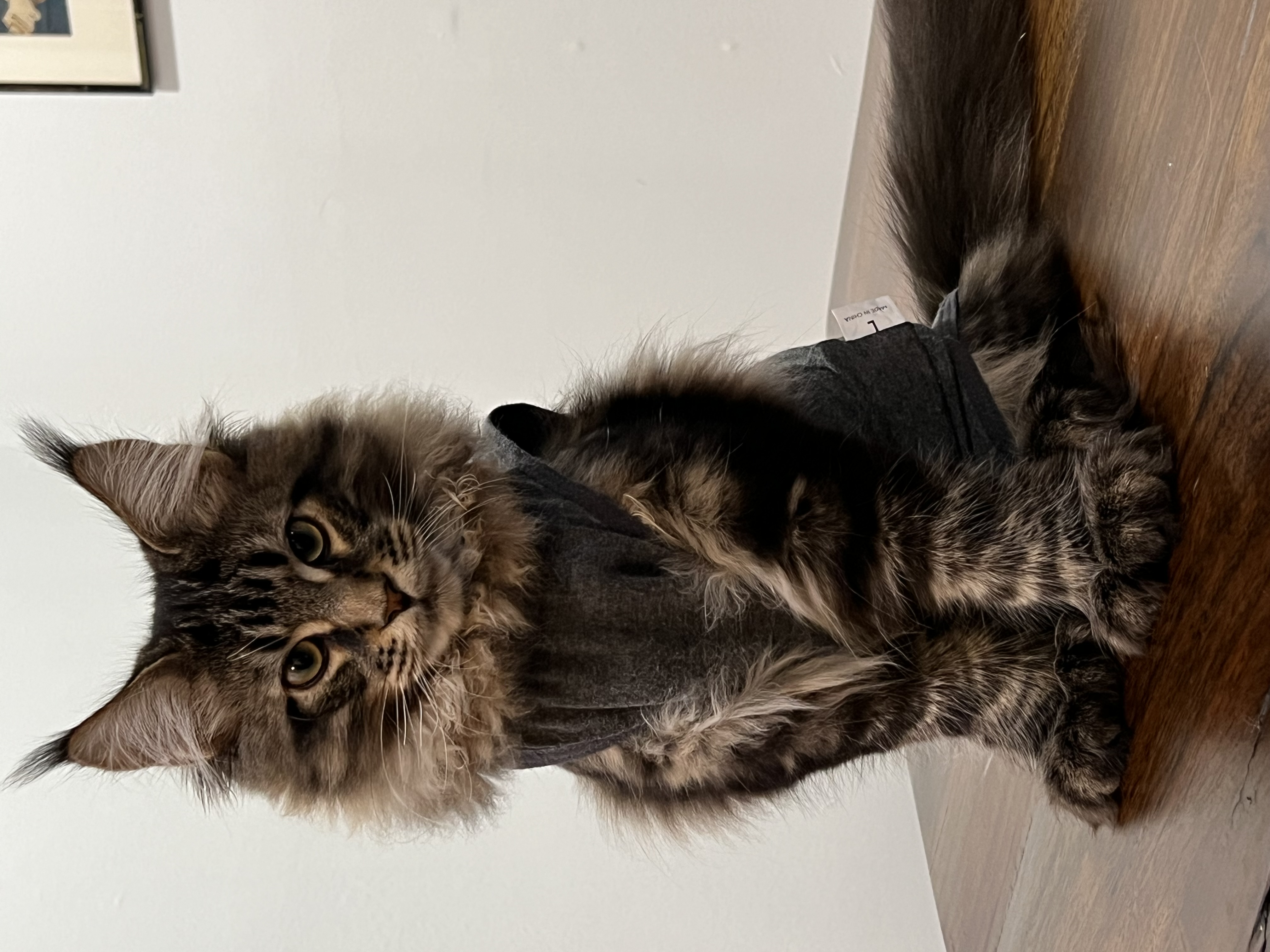
9. Types of Maine Coon Cats by Color and Pattern:
This breed comes in a dazzling array of colors and patterns!
From Classic Tabby to Shaded Silver, Tortie, Smoke, and more, each cat’s coat is a work of art.
Popular patterns include Mackerel, Classic, and Ticked, giving each Coonie their unique flair.
Did you know that not all orange kitties are male? Or that white isn't as rare as you might think? These color myths are just some fun facts to explore.
But remember, while their coat colors and patterns are fascinating, none of this affects their personality or purity.
As we've seen, whether your kitty is a Tuxedo, Tabby, or Solid, the true charm lies in their lovable character, not just their looks!
For more on these beautiful color variations, check out our deep dive into all the Maine Coon colors.
So... what "type" is your Coonie? Whether you’ve got a Classic Tabby or a stunning Tortie, we’d love to hear about it! Drop a comment below and share a photo of your gorgeous kitty. 🐾
Remember, many kitties fall into more than one category - it's part of what makes them so special!
If you're excited to connect with more Coonie lovers, check out our Coonie Clan membership. It’s a great place to bond over all things furry and fabulous!
Can't wait to see all your beautiful furballs and talk about the many types of Maine Coon cats!
Top of Types of Maine Coon Cats
« Back to Breed History and Info
Recent Articles
-
Will a Maine Coon Protect Its Owner From Danger or an Intruder?
Apr 09, 25 10:41 PM
Plenty of people are curious: Will a Maine Coon protect its owner if something happens? Let’s talk about what this means, and what kind of protector a Coonie is. -
9 Types of Maine Coon Cats and How to Tell Them Apart
Apr 09, 25 03:58 PM
When people say "types of Maine Coon cats," they're usually talking about color. But as Coonie lovers know, there’s a lot more to it than that! From wild-looking European lines to polydactyl paws and… -
10 Questions to Ask a Breeder Before You Commit
Apr 08, 25 03:51 PM
Here are some important conversation starters and questions to ask a breeder that can help you feel confident about where your future furbaby is coming from. This is a big decision - whether you're le…
